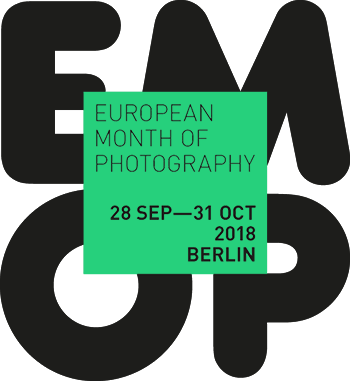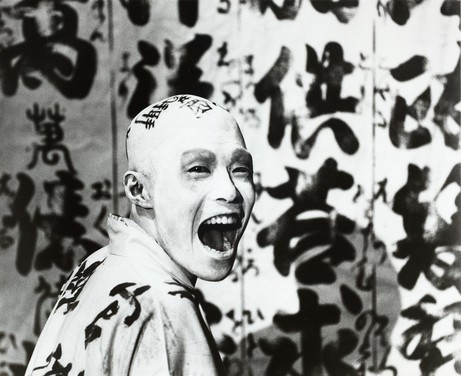MARIA AUSTRIA (1915-1975)
An Amsterdam photographer of neorealism
Maria Austria
The life of the photographer Maria Austria is marked by the persecution she endured as a Jew and by escape, war, and resistance. And yet during the post-war years, she also focused on the new life emerging in the cities. In place of the experimental visual worlds of New Vision, a vision of reality with human subjects came to fore. The term “humanist photography” is often applied to Maria Austria’s neorealist street views of children and adults in humorous and surprising moments, a term we know from her colleague Eva Besnyö, from the work of Cartier-Bresson from France, and especially from Edward Steichen’s legendary exhibition “Family of Man” of 1955. Additionally, Austria’s recently published photo-documentation on the so-called “Achterhuis,” the building where Anne Frank and her family hid, is on view for the first time outside the Netherlands: the architectural situation in the old, narrow Amsterdam house is conveyed three-dimensionally using detail shots of the hideout, including the photo bulletin board in Anne Frank’s room.
Events
17.Oct 7:00 pm
The Dutch photographer Maria Austria - Life and Work
LectureAuthor and curator Martien Frijns has recently published the book MARIA AUSTRIA 1915–1975; at the opening, he will speak about the life and work of the photographer, who documented everyday life and culture in Amsterdam after 1945: dance, theater, street scenes, and the Anne Frank House. Austria, who was educated at the Graphischer Lehranstalt in Vienna, emigrated to the Netherlands in 1937, opened a studio, worked for newspapers, and survived the war underground as a member of the resistance. Together with colleagues, she founded the Agentur Particam, today known as the Maria Austria Institute for Dutch Photographers.
Address
DAS VERBORGENE MUSEUM - Dokumentation der Kunst von Frauen Schlüterstraße 70 10625 Berlin
DAS VERBORGENE MUSEUM - Dokumentation der Kunst von Frauen
18.10. – 10.03.2019
Vernissage 17.10.2018 7:00 pm
Location
DAS VERBORGENE MUSEUM - Dokumentation der Kunst von FrauenSchlüterstraße 70
10625 Berlin - Charlottenburg
T 030 3133656
Thu+Fri 15–19 h
Sat+Sun 12–16 h
Public transport
U2 Ernst-Reuter-Platz
S3, S5, S7, S75 Savigny Platz
M49, 101, X34
Admission price
Admission 3€
Curators
Marion BeckersSponsors
Botschaft des Königreichs der Niederlande, Künstlerinnenprogramm – Senatsverwaltung für Kulturelle AngelegenheitenPartners
Joods Historisch Museum AmsterdamCatalog
Martien Frijns: Maria Austria – Fotografe, AFdH Uitgevers, Doetinchem 2018, 34,50€.

